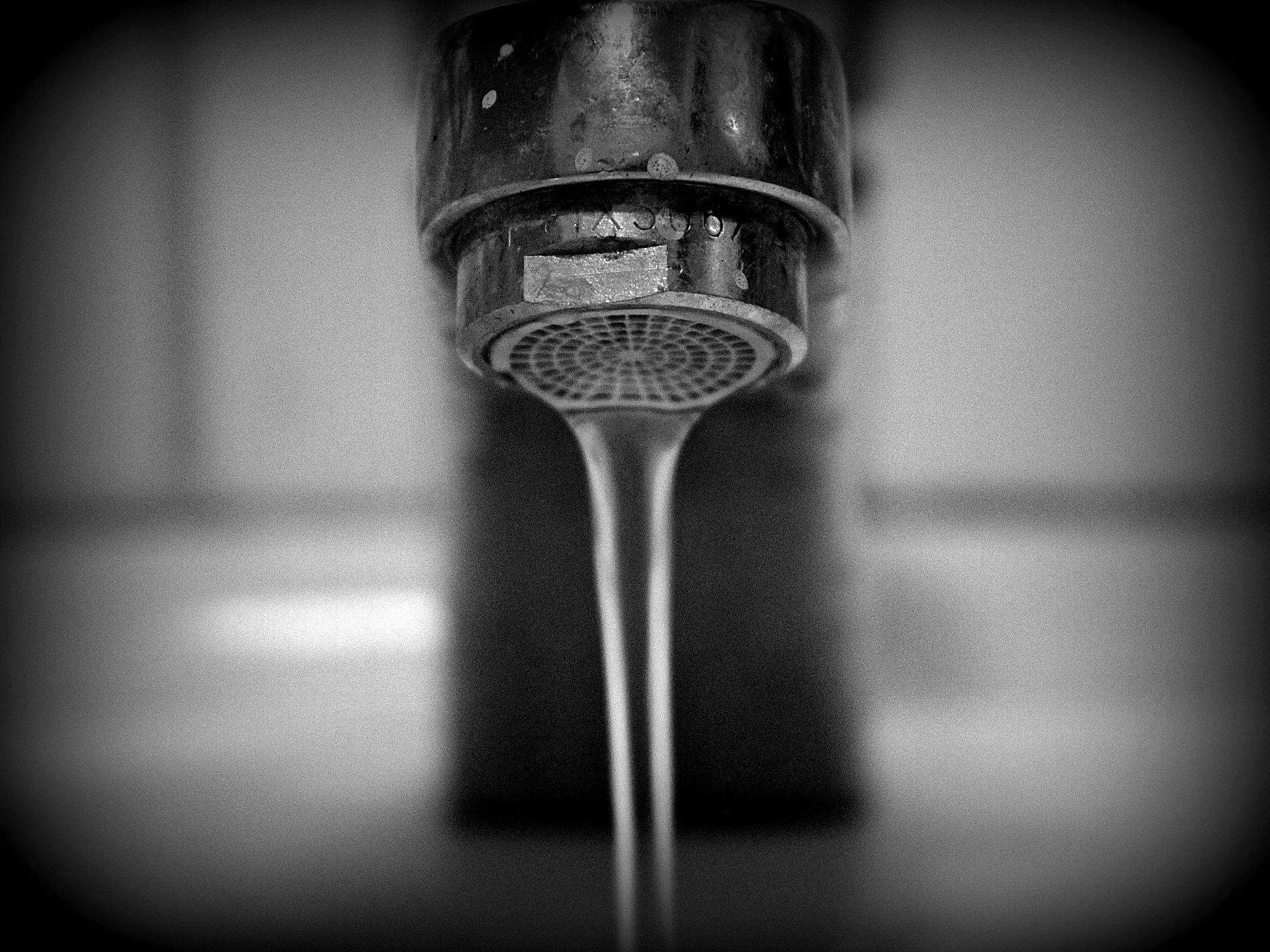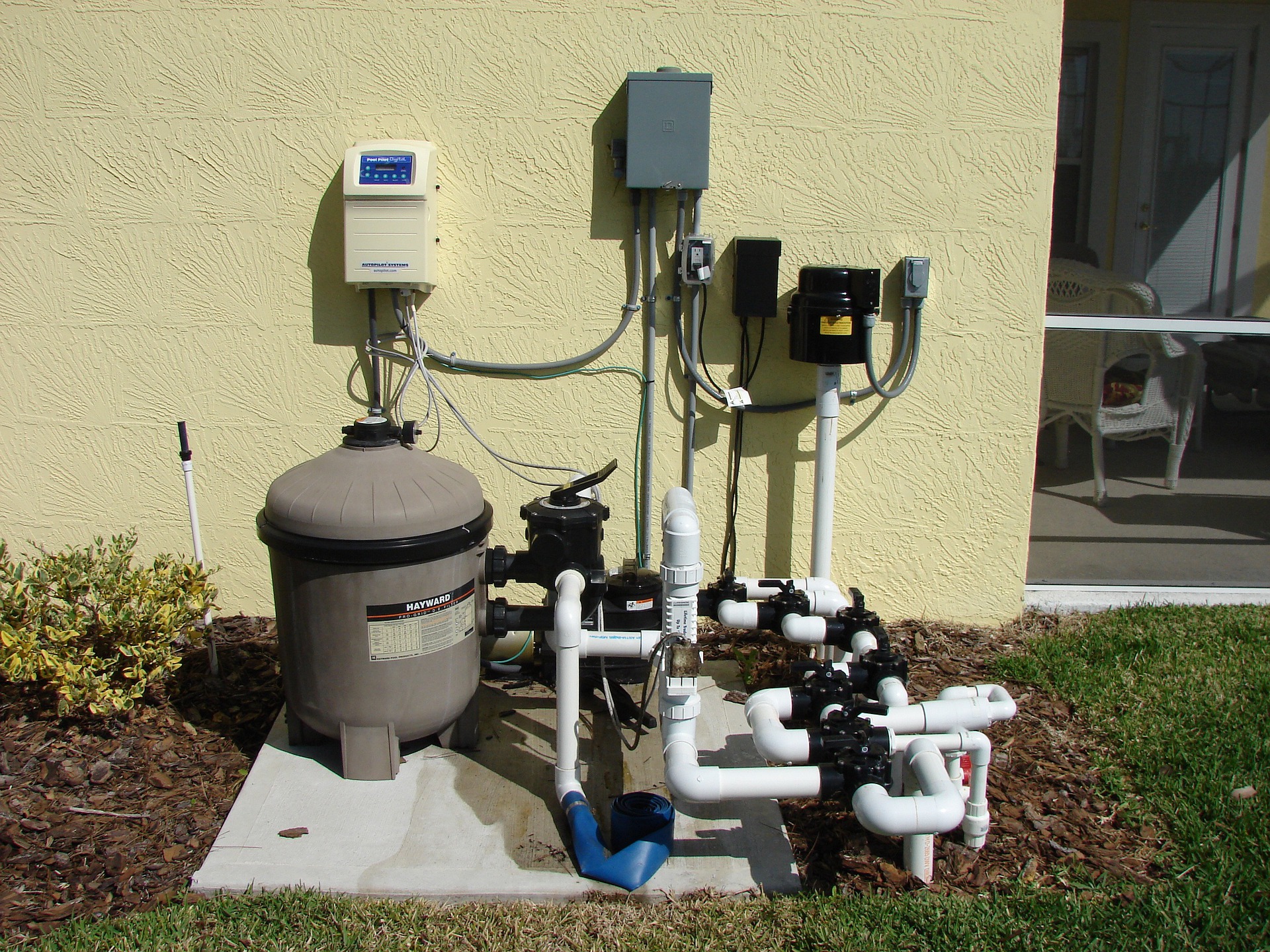Home > Sections > The Atmosphere > Water for Drinking
Last Updated: 14th June 2023
ARCHIVED ITEM: this page is no longer updated.
Water for Drinking
Keywords
Filtration, sedimentation, chlorination, safe water, potable water, loft, cistern, processing, membrane, energy, screening, aerobic, anaerobic.
Introduction
Our atmosphere provides us with water, which is fresh, and with a little bit of processing can be drinkable. But what makes water safe?
What is Safe Water?
There are different types of water. That's right, we have different types of water that can be used for different purposes. The type of water we are talking about here is called potable water.
The water we drink every day out of our taps is classed as safe to drink, because although it is not pure water, it does contain trace amounts of substances that are dissolved in the water.
So how is it processed to be safe?
Filtration
Filtration is a natural process that we can use to make potable water. Water that may have solids in it that need to be processed pass through sand. When it does, it removes any solid material, and you are left with filtered water.
Interesting fact: here in the UK, we are told not to drink hot water from the tap. This is because it has usually sat in a cistern in the loft (or attic, if you prefer) for some time, and is not connected to the main water supply, so is not considered potable.
Chlorination
Another way to create fresh water is to add chlorine to it. This kills any microbes in the water, by adding trace amounts of the element. You will find this in swimming pools, but they are usually at a higher concentration than for potable water - you shouldn't really drink too much swimming pool water!
Here is a YouTube video from Cognito on Potable Water:
The above methods are what is used in the UK, but other countries also use other methods, including:
Distillation
Another way to get potable water is to distill it. We do this to sea water to remove the salts and other content from it. It is heated up, and then condensed in order to make it safe to drink. We can also use this process from water in lakes and reservoirs.
Reverse Osmosis
Sea water is pumped into a large container with a semi-permeable membrane. This membrane allows the water to move through, but in turn stops the other materials, whether solid or part of the solution.
Both of the above methods require a lot of energy to produce, and they are usually used on sea water. In places such as Spain and the United Arab Emirates (UAE), these methods are used where making potable water from fresh sources are scarce.
Water Treatments
We can also treat waters to make them safe again to drink. In the UK, we have several ways of doing this:
Screening and grit removal: removing large solids from the waste water
Sedimentation: separates human waste from the rest of the water which is called effluent
Aerobic treatment: air is passed through the effluent in aeration tanks which leads to good bacteria killing harmful bacteria
Anaerobic treatment: in the remaining sludge, and with the absence of air, bacteria produce methane.




 Urinary System
Urinary System

